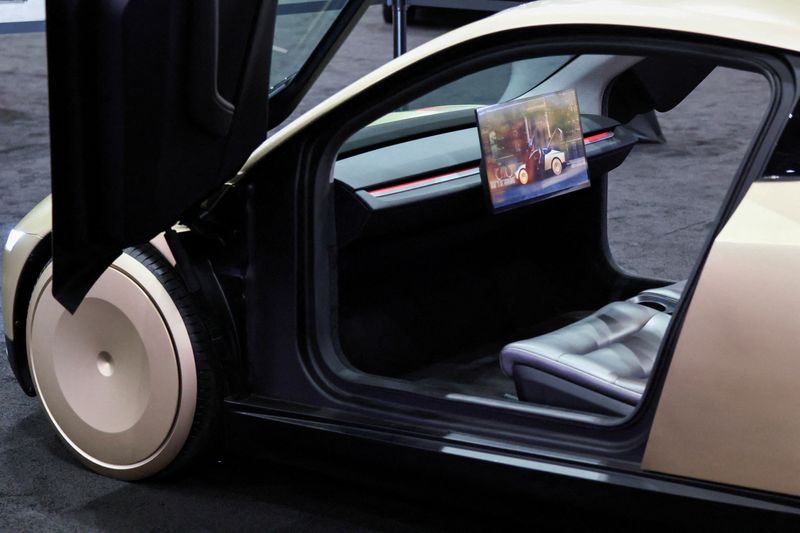Eos Energy stock falls after Fuzzy Panda issues short report
Investing.com -- Morgan Stanley’s Adam Jonas declared that Tesla has effectively solved the robotaxi challenge, describing it as a historic turning point for transportation.
“I’m callin’ it. Autonomous cars are solved,” he wrote, comparing the moment to the advent of the steam engine. “Perfection? Never. But enough to pull the safety driver at scale in major metros. It’s a James Watt moment that changes transportation forever.”
Jonas pointed to Tesla’s third-quarter results as a potential inflection point, citing what he called three “show-stoppers” that went largely unnoticed by the market.
Among them was Elon Musk’s statement that Tesla expects to operate vehicles “with no safety drivers in the car in Austin within a few months.” Jonas said such a move, using a camera-only autonomous system, would “seriously challenge the conventional thinking of many in the robotaxi community.”
The analyst believes Tesla’s hesitation to remove safety drivers reflects internal caution rather than regulatory barriers, noting that “there is no other explicit regulatory approval required to pull drivers in Texas.”
He also reiterated Morgan Stanley’s long-held view that solving autonomy for cars could unlock autonomy “for many other form factors of AI-enabled robotics (aviation, marine, weapons, etc.).”
Jonas highlighted the financial implications of Tesla’s expanding Full Self-Driving (FSD) business, estimating global penetration at 12%—and around 20% in North America—across roughly 8 million vehicles.
Applying a $99 monthly subscription rate implies about $1.2 billion in annualized revenue, with an estimated 85% margin contributing nearly $1 billion in EBIT, or 15–20% of total company profits.
Morgan Stanley values Tesla’s broader network services, including FSD, charging, maintenance, upgrades, and licensing, at nearly $160 per share.
Jonas also discussed Tesla’s “ever-expanding distributed inference cloud,” with Musk describing the company’s global fleet as a network of connected computing units.
“It might almost be too much intelligence for a car,” Musk said during the Q3 call with analysts. “I do wonder, like, how much intelligence should you have in a car? It might get bored.”
